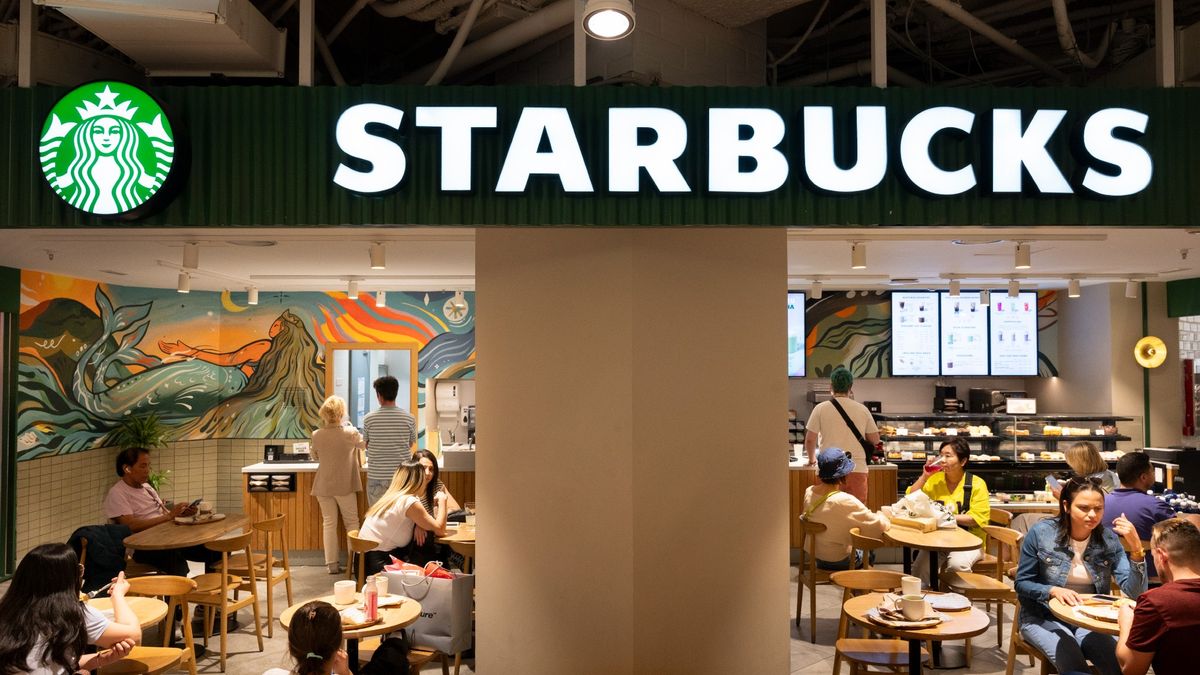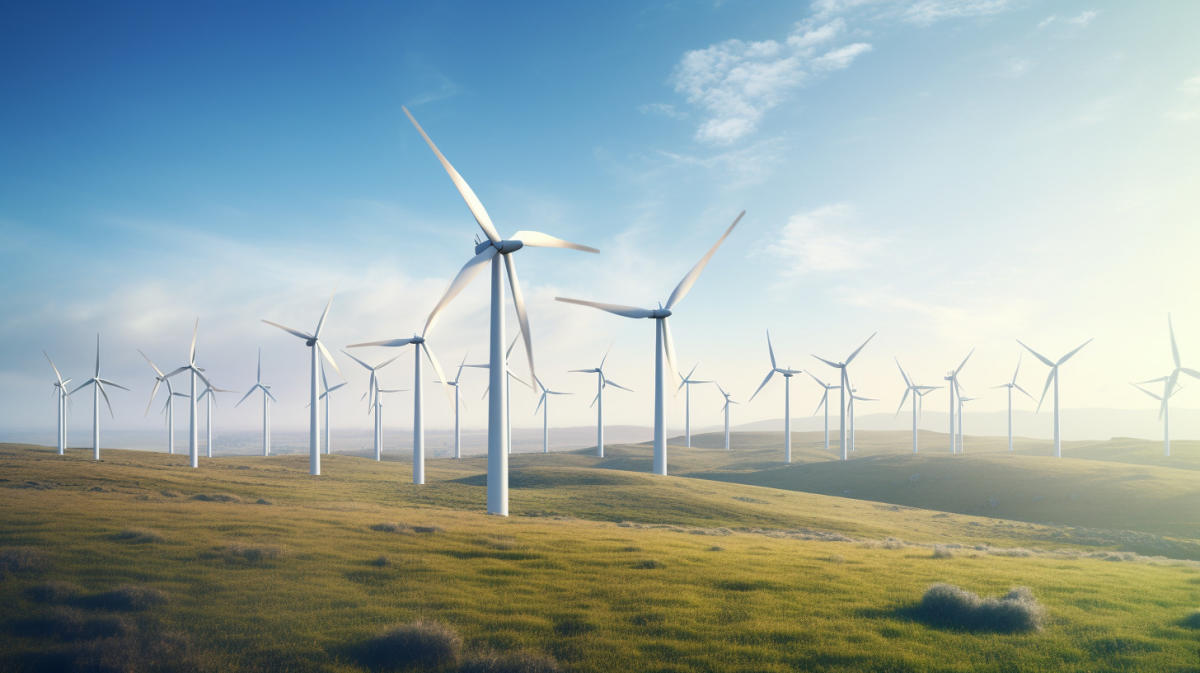Starbucks is not just a coffee giant — it’s the coffee giant. But the giant isn’t feeling so well these days. “Starbucks’ growth seemed unstoppable” during the pandemic, said The New York Times, but latte addicts now seem to be pulling back: The company’s revenue dropped 1.8% in the first quarter of 2024, driven by falling same-store sales in the United States and abroad. “This quarter’s results do not reflect the power of our brand, our capabilities or opportunities ahead,” said Starbucks CEO Laxman Narasimhan.
Narasimhan’s recently retired predecessor, Howard Schultz — a onetime celebrity CEO and nearly a candidate for president in 2020 — is weighing in with some advice on what he calls Starbucks’ “fall from grace,” said Heather Haddon at The Wall Street Journal. “The stores require a maniacal focus on the customer experience, through the eyes of a merchant,” Schultz wrote in a LinkedIn post. That means company executives should “spend more time working in cafes” and work to improve Starbucks’ mobile app. The advice raised some eyebrows: “Former CEOs tend to keep a low profile to give their successors room to make their mark,” Haddon said.
Consumers are pulling back
Starbucks is not alone in facing challenges. A “long-predicted consumer pullback” is hitting the broader fast food industry too, said CNBC, with McDonald’s, KFC and Pizza Hut also facing challenges. Economists had long expected that inflation — in the form of higher product prices — and high interest rates would prompt Americans to slow down their purchases of chocolate cream cold brews and Big Macs. Now that moment is here. “In this environment, many customers have been more exacting about where and how they choose to spend their money,” Narasimhan said.
Subscribe to The Week
Escape your echo chamber. Get the facts behind the news, plus analysis from multiple perspectives.
SUBSCRIBE & SAVE
Sign up for The Week’s Free Newsletters
From our morning news briefing to a weekly Good News Newsletter, get the best of The Week delivered directly to your inbox.
From our morning news briefing to a weekly Good News Newsletter, get the best of The Week delivered directly to your inbox.
But Starbucks has specific problems. The company has “strong mobile order and pay sales,” said QSR, an industry magazine. The data also shows that a large number of potential customers — in the “mid-teens percent” — use the Starbucks app to start an order, but bail out before completing the purchase. This suggests concerns about “long wait times” are playing a role. Even if consumers are increasingly reluctant to spend money, Narasimhan said, “much is within our control.”
And there is much that isn’t. For years, Starbucks was the only real premium coffee option for most consumers. But that is no longer true. “More and more coffee houses have sprouted up,” said financial news service Seeking Alpha. They have Wi-Fi and good coffee drinks, too. “The bottom line is that growth will be much harder to achieve going forward,” Seeking Alpha added.
Stumbles in China
Starbucks’ issues go beyond American consumers. The company made a big bet on building new stores in China but now its “ambitious expansion plans are lagging,” said Quartz. Starbucks announced in 2022 it would open one new store every nine hours in China — but it ran into competition from Luckin Coffee, a homegrown operation with more than 16,000 locations.
Schultz could play a role in what happens next: He has, after all, previously stepped down from the CEO position only to return to the helm and save the day. Some investors are speculating Starbucks’ latest challenges portend “a potential fourth return as CEO,” said Yahoo Finance. Narasimhan has been in the top spot for only a few months, however, so he may get more runway. For now, Schultz has no public plans for a comeback.











